A new metal alloy keeps its flexibility and strength after high doses of radiation, making it potentially useful for building spacecraft or Mars colonies.
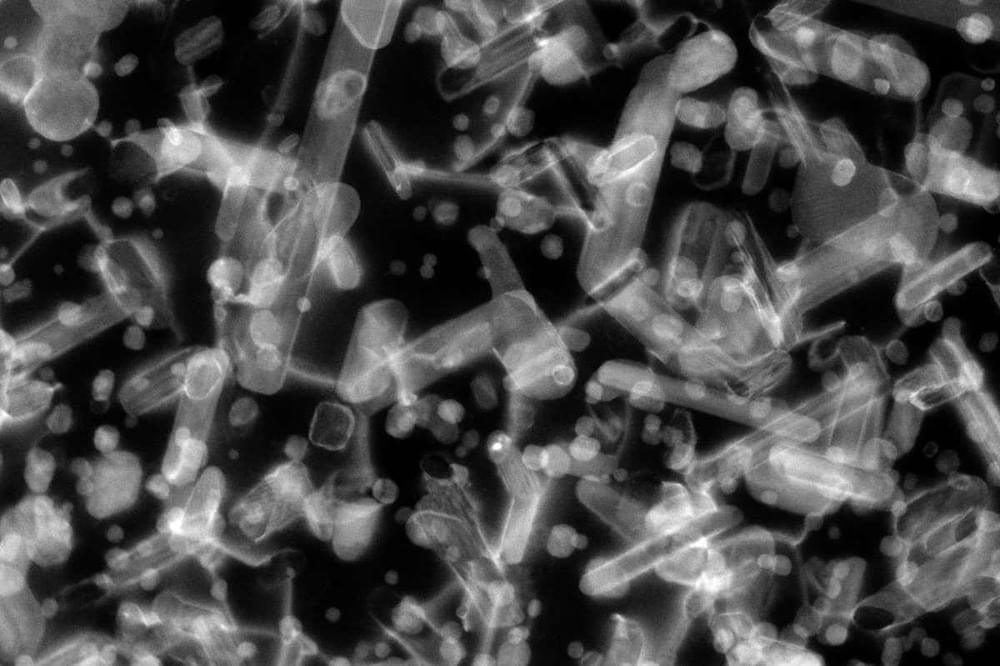

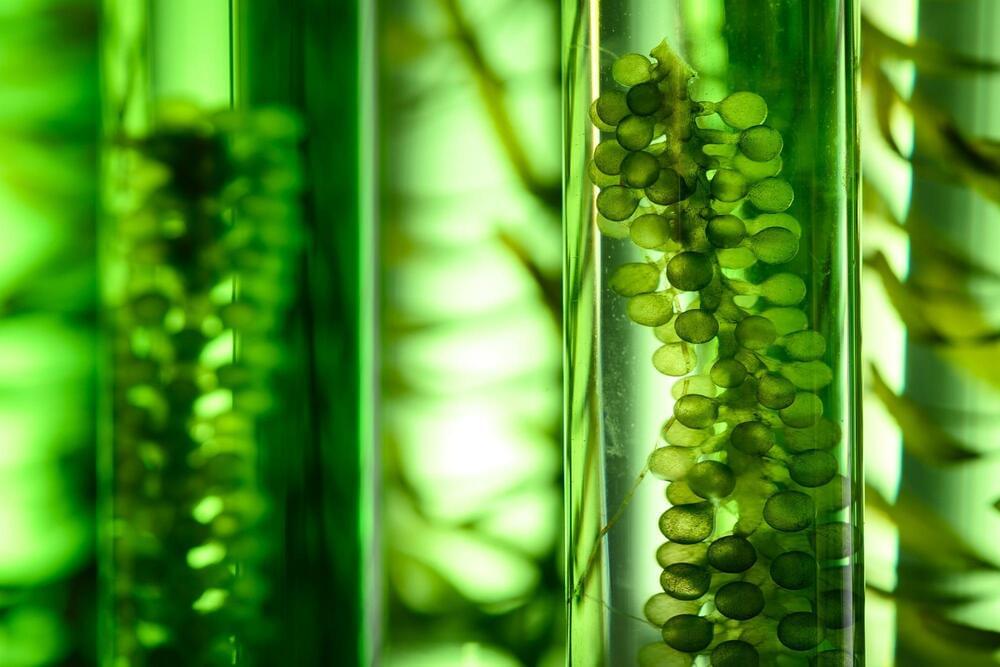
A collaboration between the National Renewable Energy Laboratory, the Massachusetts Institute of Technology, and Washington State University opens the door to sustainable jet fuel.
An underused natural resource might be just what the airline industry needs to reduce carbon emissions.
U.S. researchers from the Massachusetts Institute of Technology (MIT.
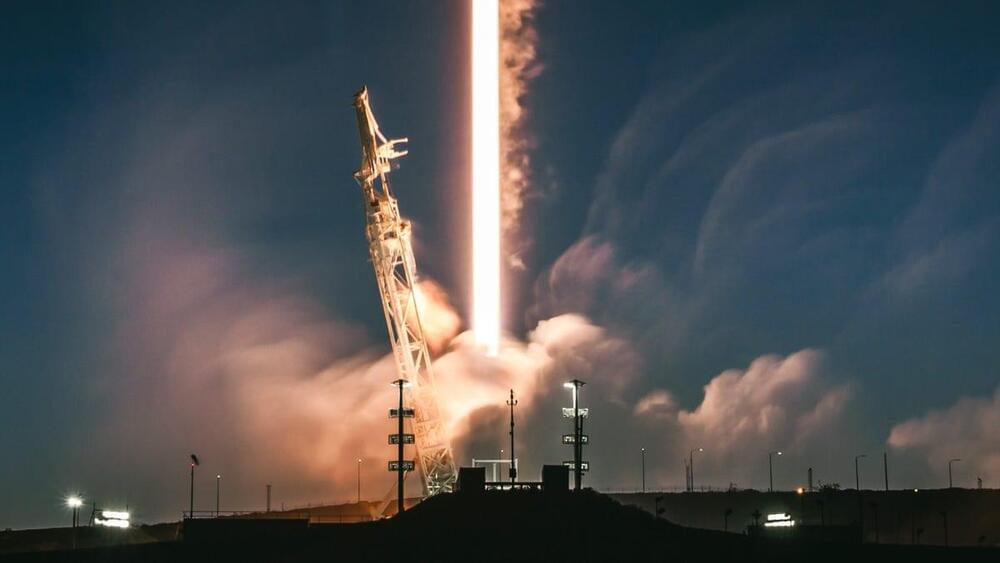

PARIS—France is falling behind in its plans to return the country’s fleet of nuclear reactors to full power this winter after a rash of outages, raising fears that one of Europe’s key sources of electricity won’t be ramped up to counter Russia’s squeeze on the continent’s energy supplies.
The nuclear fleet was designed to act as the front line of France’s energy security. Since Moscow cut the flow of natural gas to Europe—plunging the continent into its biggest energy crisis since the 1970s oil shock—France’s vaunted nuclear fleet has been about as effective as the Maginot Line, the French fortifications that did little to stop the German invasion during World War II.
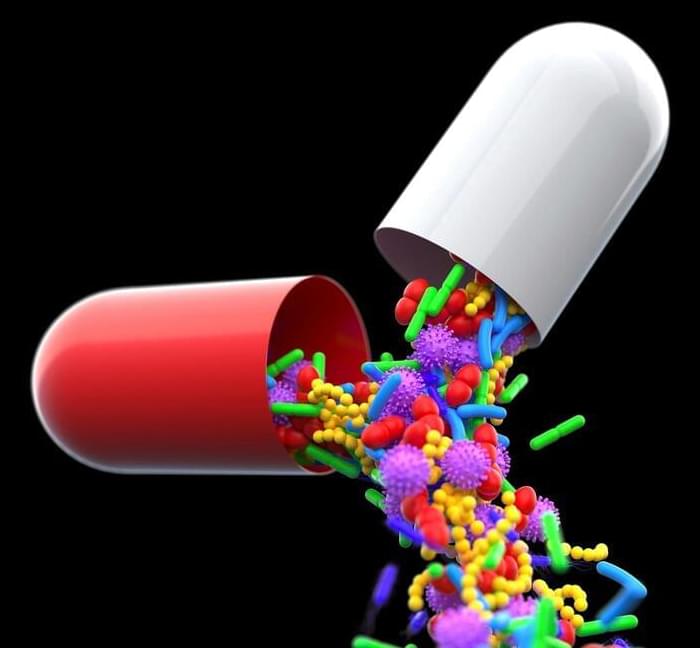
Carbenes are among the most adaptable building blocks in organic chemistry, but they may also be dangerously hot. Due to their explosivity in the lab, scientists often avoid using these very reactive molecules.
However, in a new study that was just published in the journal Science, researchers from The Ohio State University describe a new, safer method to turn these short-lived, high-energy molecules into much more stable ones.
“Carbenes have an incredible amount of energy in them,” said David Nagib, co-author of the study and a professor of chemistry and biochemistry at Ohio State. “The value of that is they can do chemistry that you just cannot do any other way.”

People who eat more foods with omega-3 fatty acids in midlife may have superior thinking skills and even better brain structure than people who eat few foods containing the fatty acids. This is according to an exploratory study that was recently published in Neurology, the medical journal of the American Academy of Neurology. Omega-3 fatty acids are found in fish such as salmon, sardines, lake trout, and albacore tuna. They are also found in dietary supplements as well as foods that are fortified with the fatty acids.
“If people could improve their cognitive resilience and potentially ward off dementia with some simple changes to their diet, that could have a large impact on public health.” —
“Improving our diet is one way to promote our brain health,” said study author Claudia L. Satizabal, PhD, of the University of Texas Health Science Center at San Antonio. “If people could improve their cognitive resilience and potentially ward off dementia with some simple changes to their diet, that could have a large impact on public health. Even better, our study suggests that even modest consumption of omega-3 may be enough to preserve brain function. This is in line with the current American Heart Association dietary guidelines to consume at least two servings of fish per week to improve cardiovascular health.”
SpaceX has once again stack Starship 24 with Booster 7 ahead of launch prep tests. It is being prepped for an orbital test flight that will send Ship 24 around Earth once, wrapping up with a splashdown off the Hawaiian island of Kauai.
Credit: SpaceX
Many modern science fiction movies tend to use the veneer of science fiction as a way to plug potholes or feature elaborate explosions and action. There’s always a time-travel portal to stand in as the deus ex machina, and some advanced robot or alien who only seems interested in killing everyone.
I like those movies as much as the next fella. But some filmmakers do make a sincere effort to imagine other realities and technologies that inspire in the way classic science fiction does. It doesn’t mean the films have to be the on-screen equivalent of reading an MIT paper on quantum entanglement or something, just that they spin a decent yarn inspired by actual science.
The below are a few slightly less commercial selections, instead of obvious choices like Interstellar or 2001 or Chef, that science fiction movie where Jon Favreau dates both Scarlett Johnasson and Sofia Vergara. That’s the future I want.

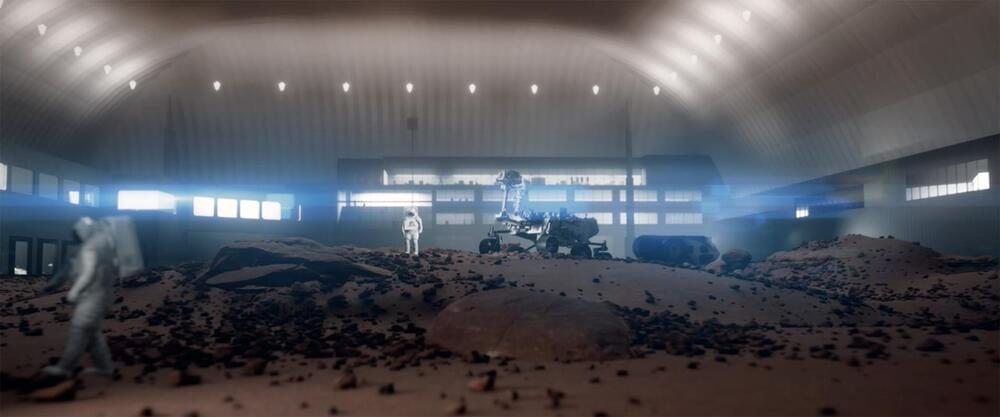
HOUSTON, Oct. 18, 2022 – The nonprofit Space Center Houston is advancing a Facilities Master Plan to support the growing need for space exploration learning and training in two massive structures that will also give the public a front row seat into the development of robotics, rovers, lunar landers and reduced gravity systems. Today, the center offered a glimpse of the facility that will include two enclosed simulated cosmic terrains of the Moon and Mars, as well as modular surface labs and STEM learning centers. An elevated exhibit hall over the two surfaces will offer the public immersive experiences to observe astronaut training first-hand while experiencing the future of space exploration as humans return to the Moon and eventually on to Mars.
Space Center Houston is responding to the opportunities and challenges in a rapidly evolving space sector, including the need for facilities built for current and future missions, while sharing this excitement with the public and addressing critical gaps in the development of the STEM workforce through its education programs. The facility will bring together guests, NASA, commercial space partners, colleges, universities and global space agencies to collaborate on new technologies that are propelling present and future human spaceflight.
For 30 years, Space Center Houston has chronicled the journey of human spaceflight while empowering and inspiring people to pursue careers in science, technology, engineering and mathematics. “Space is expanding once again and a new space age is upon us,” said William T. Harris, President and CEO Space Center Houston. “With new ambitions, new players and new challenges, we will shift our focus from being a curator of past achievements to also facilitating new feats in space.”